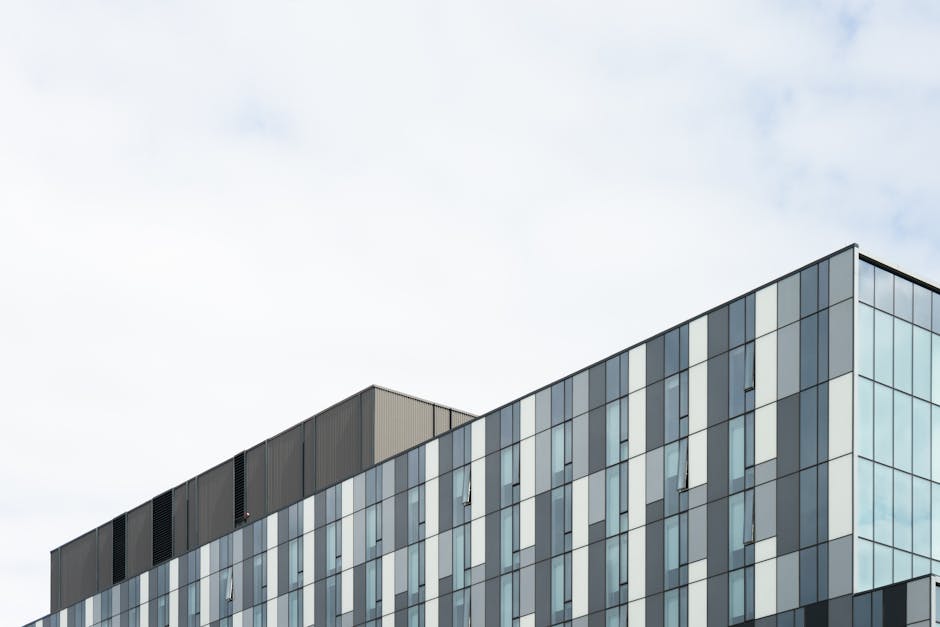The Business Case for the Office: Why Physical Workspaces Still Matter
“Despite the rise of remote work, physical offices still play a crucial role in fostering collaboration, building company culture, and supporting employee well-being. This article explores the business case for maintaining a physical workspace and how it can contribute to the overall success of an organization. ”

In recent years, the concept of remote work has gained significant traction, with many companies embracing the flexibility and cost savings it offers. However, despite the benefits of remote work, the physical office still holds a vital place in the business world. In this article, we'll explore the compelling reasons why having a physical workspace remains essential for many organizations.

Fostering Collaboration and Innovation
One of the primary advantages of a physical office is its ability to facilitate collaboration and innovation. When employees work together in the same space, they have the opportunity to engage in spontaneous conversations, brainstorm ideas, and solve problems collectively. The unlocking the power of digital workplace experience can enhance these interactions, but face-to-face communication remains a powerful tool for fostering creativity and teamwork.
The Power of In-Person Interactions
Studies have shown that in-person interactions lead to more effective communication and stronger relationships among colleagues. The non-verbal cues, body language, and instant feedback that occur during face-to-face conversations contribute to better understanding and more productive collaborations. These interactions are particularly valuable for complex projects or when dealing with sensitive issues that require nuanced communication.
Building and Maintaining Company Culture
A physical office plays a crucial role in building and maintaining a strong company culture. The office environment serves as a tangible representation of the organization's values, mission, and identity. It provides a space where employees can experience the company's culture firsthand, through the design of the workspace, the interactions with colleagues, and the overall atmosphere.

Creating a Sense of Belonging
When employees work together in a shared space, they develop a sense of belonging and connection to the organization. The office becomes a place where they can socialize, celebrate successes, and support one another during challenging times. This sense of belonging fosters loyalty, engagement, and a shared sense of purpose among employees.
Supporting Employee Well-Being and Work-Life Balance
While remote work offers flexibility, it can also blur the lines between work and personal life, leading to increased stress and burnout. A physical office can help employees maintain a healthier work-life balance by providing a clear separation between work and home. Additionally, the office environment can be designed to support employee well-being, with ergonomic workstations, natural light, and spaces for relaxation and socializing.
The Importance of Ergonomic Workspaces
Investing in ergonomic furniture and equipment in the office can help prevent physical strain and injuries associated with prolonged sitting or poor posture. By prioritizing employee comfort and health, companies can reduce absenteeism, improve productivity, and demonstrate their commitment to their employees' well-being.

Attracting and Retaining Talent
A well-designed and inviting office space can be a powerful tool for attracting and retaining top talent. Many job seekers consider the work environment an important factor when evaluating potential employers. A physical office that reflects the company's values, promotes collaboration, and offers amenities can set an organization apart from its competitors.
The Role of Office Amenities
Providing amenities such as comfortable break areas, fitness facilities, or on-site cafes can enhance the employee experience and demonstrate the company's commitment to their well-being. These amenities not only make the office a more enjoyable place to work but also encourage employees to spend time together, fostering a sense of community and strengthening relationships.

Balancing Remote Work and Office Presence
While the business case for the office remains strong, it's important to recognize that a one-size-fits-all approach may not be suitable for every organization. Many companies are adopting hybrid models that combine the benefits of remote work with the advantages of a physical office. By offering employees the flexibility to work from home when needed while still maintaining a physical workspace for collaboration and connection, organizations can strike a balance that meets the needs of their workforce.
Conclusion
The business case for the office is clear: physical workspaces play a vital role in fostering collaboration, building company culture, supporting employee well-being, and attracting top talent. While remote work has its benefits, the office remains an essential component of a successful and thriving organization. By investing in well-designed and inviting workspaces, companies can create an environment that promotes productivity, innovation, and a strong sense of community among employees.
As businesses navigate the evolving landscape of work, finding the right balance between remote work and office presence will be key. By leveraging the strengths of both approaches and adapting to the needs of their workforce, organizations can create a workplace that drives success and supports the well-being of their employees.
